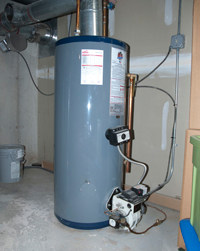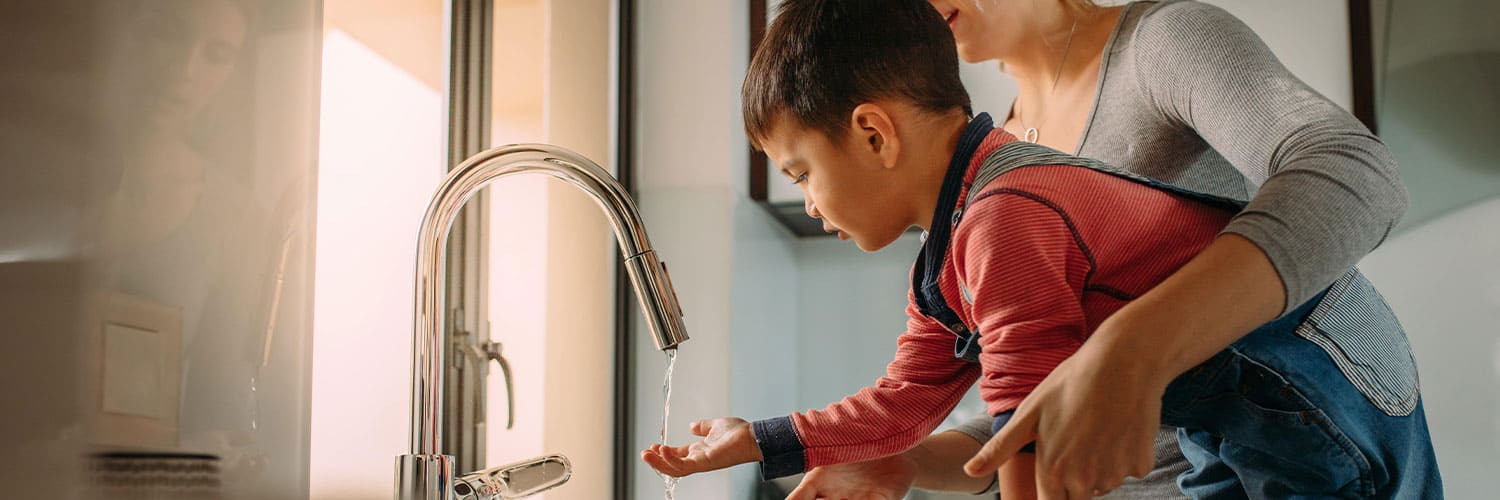Key Advice on Maintaining Your Home's Hot Water System
Key Advice on Maintaining Your Home's Hot Water System
Blog Article
Are you interested in selective information around Tips For Maintaining Your Hot Water Heater?

Warm water is crucial for day-to-day comfort, whether it's for a revitalizing shower or cleaning meals. To guarantee your warm water system runs successfully and lasts much longer, regular maintenance is key. This post gives practical tips and understandings on exactly how to preserve your home's hot water system to stay clear of disturbances and expensive fixings.
Introduction
Keeping your home's warm water system might appear overwhelming, but with a couple of basic steps, you can guarantee it operates efficiently for several years to find. This overview covers every little thing from recognizing your hot water system to do it yourself upkeep tips and understanding when to employ specialist help.
Value of Preserving Your Warm Water System
Normal upkeep not just expands the life-span of your warm water system yet also ensures it operates effectively. Neglecting upkeep can result in decreased effectiveness, higher power bills, and also premature failure of the system.
Indications Your Warm Water System Needs Maintenance
Understanding when your hot water system needs focus can avoid major concerns. Look out for indicators such as inconsistent water temperature, strange sounds from the heating system, or rustic water.
Understanding Your Hot Water System
Prior to diving into maintenance tasks, it's helpful to recognize the standard elements of your warm water system. Commonly, this includes the water heater itself, pipelines, anode rods, and temperature controls.
Monthly Maintenance Tasks
Normal monthly checks can assist capture small concerns prior to they escalate.
Flushing the Hot Water Heater
Purging your water heater removes debris build-up, enhancing performance and prolonging its life.
Checking and Replacing Anode Rods
Anode rods stop deterioration inside the container. Examining and replacing them when worn is critical.
Inspecting and Adjusting Temperature Level Setups
Adjusting the temperature settings makes certain optimum efficiency and safety.
DIY Tips for Upkeep
You can do numerous maintenance jobs on your own to keep your hot water system in leading problem.
Checking for Leaks
Routinely inspect pipes and links for leakages, as these can result in water damages and greater expenses.
Evaluating Pressure Alleviation Valves
Examining the stress relief valve guarantees it operates correctly and protects against too much stress accumulation.
Protecting Pipes
Insulating warm water pipes minimizes warm loss and can save power.
When to Call a Specialist
While DIY upkeep is helpful, some concerns call for specialist experience.
Facility Concerns Needing Expert Help
Instances include significant leakages, electrical problems, or if your hot water heater is constantly underperforming.
Routine Specialist Maintenance Benefits
Specialist maintenance can include detailed assessments, tune-ups, and guaranteeing conformity with security standards.
Final thought
Routine upkeep of your home's hot water system is essential for performance, longevity, and price savings. By adhering to these ideas and knowing when to look for professional assistance, you can ensure a trusted supply of hot water without unanticipated disturbances.
How to Maintain an Instant Hot Water Heater
Before tinkering with your hot water heater, make sure that it’s not powered on. You also have to turn off the main circuit breaker and shut off the main gas line to prevent accidents. Also turn off the water valves connected to your unit to prevent water from flowing into and out of the appliance. 2. When you’re done, you have to detach the purge valves’ caps. These look like the letter “T†and are situated on either side of the water valves. Doing so will release any pressure that has accumulated inside the valves while at the same time avoid hot water from shooting out and burning your skin. 3. When the purge valves’ caps are removed, you have to connect your hosing lines to the valves. Your unit should have come with three hoses but if it didn’t, you can purchase these things from any hardware or home repair shops. You can also get them from retail stores that sell water heating systems. Read the user’s manual and follow it to complete this task properly. When the hosing lines are connected, open the purge port’s valves. 4. You should never use harsh chemical cleaners or solutions when cleaning your unit. Make use of white vinegar instead. It should be undiluted and you’ll probably use about 2 gallons. 5. Now flush your water heater. This task should probably take about 40 minutes. We can’t give you specific directions for this because the procedure is carried out depending on the type, model and brand of your heater. With that being said, refer to the user’s manual. 6. When you’re done draining the unit, you have to turn off the purge port valves again. Remove the hosing lines that you earlier installed on each of the water valves. Put the valve caps (purge port) back in their respective places and be very careful so as not to damage the rubber discs that are found inside these caps. 7. Now that everything’s back in place, check your user’s manual again to find out how to reactivate your water heating system. 8. Once it is working, turn one of your hot water faucets on just to let air pass through the heater’s water supply pipes. Leave the tap on until water flows smoothly out of it. https://www.orrplumbing.com/blog/2014/september/how-to-maintain-an-instant-hot-water-heater/

Do you really like reading up on How to Maintain a Hot Water Heater in a Few Simple Steps? Try leaving feedback down below. We'd be pleased to listen to your suggestions about this blog entry. We are looking forward that you come back again soon. For those who enjoyed our blog posting plz make sure you remember to pass it around. I treasure reading our article about Water Heater Maintenance Tips You Can't Afford to Forget.
Click Here Report this page